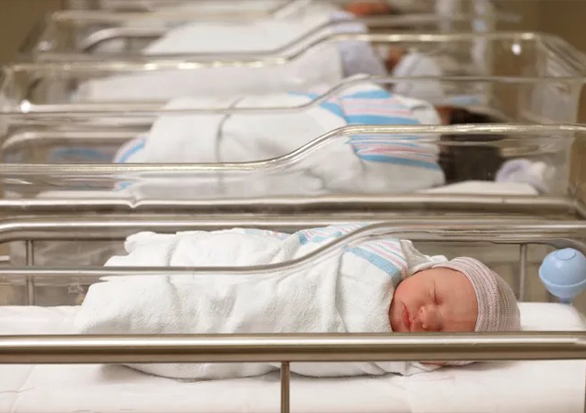Gerontologist Jay Olshansky has faced criticism for his views on human longevity. Decades ago, he predicted that children would live to around 85 years old, with only 1-5% reaching 100. Many disputed his findings, citing predictions that 50% of babies would live to 100.

Olshansky’s 1990 prediction stated that life expectancy increases would slow, and medical interventions would have diminishing effects. “A lot of people disagreed with us,” he said. “They said advances in medical and life-extending technologies would accelerate and drag life expectancy along.”
Thirty-four years later, Olshansky’s analysis, published in Nature Aging, confirms his earlier findings. The study analyzed lifespan data from 10 countries, revealing:
– Female children born in 2019 have a 5.1% chance of reaching 100.
– Male children have a 1.8% chance.
“We’ve shown the era of rapid increases in human life expectancy has ended,” Olshansky said.
In an interview with CNN, Olshansky addressed radical life extension claims:
“Those are made-up numbers. We can’t empirically verify claims of radical life extension. Only one woman, Jeanne Calment, has lived to 122.”
Aging, Olshansky explained, is immutable, driven by cellular decline. “You can continue to make progress against major diseases, but it won’t have the life-extending effect people think.”
Regarding obesity’s impact on longevity:
“We had a dramatic rise in obesity, leading to diabetes, cardiovascular disease, and cancer. Medical science has created life-extending technologies, but it’s a Whac-A-Mole game – each disease represents a new challenge.”
Olshansky emphasized that slowing biological aging is key to breaking through the longevity glass ceiling.
Jay Olshansky, Professor of Epidemiology and Biostatistics, University of Illinois in Chicago.

